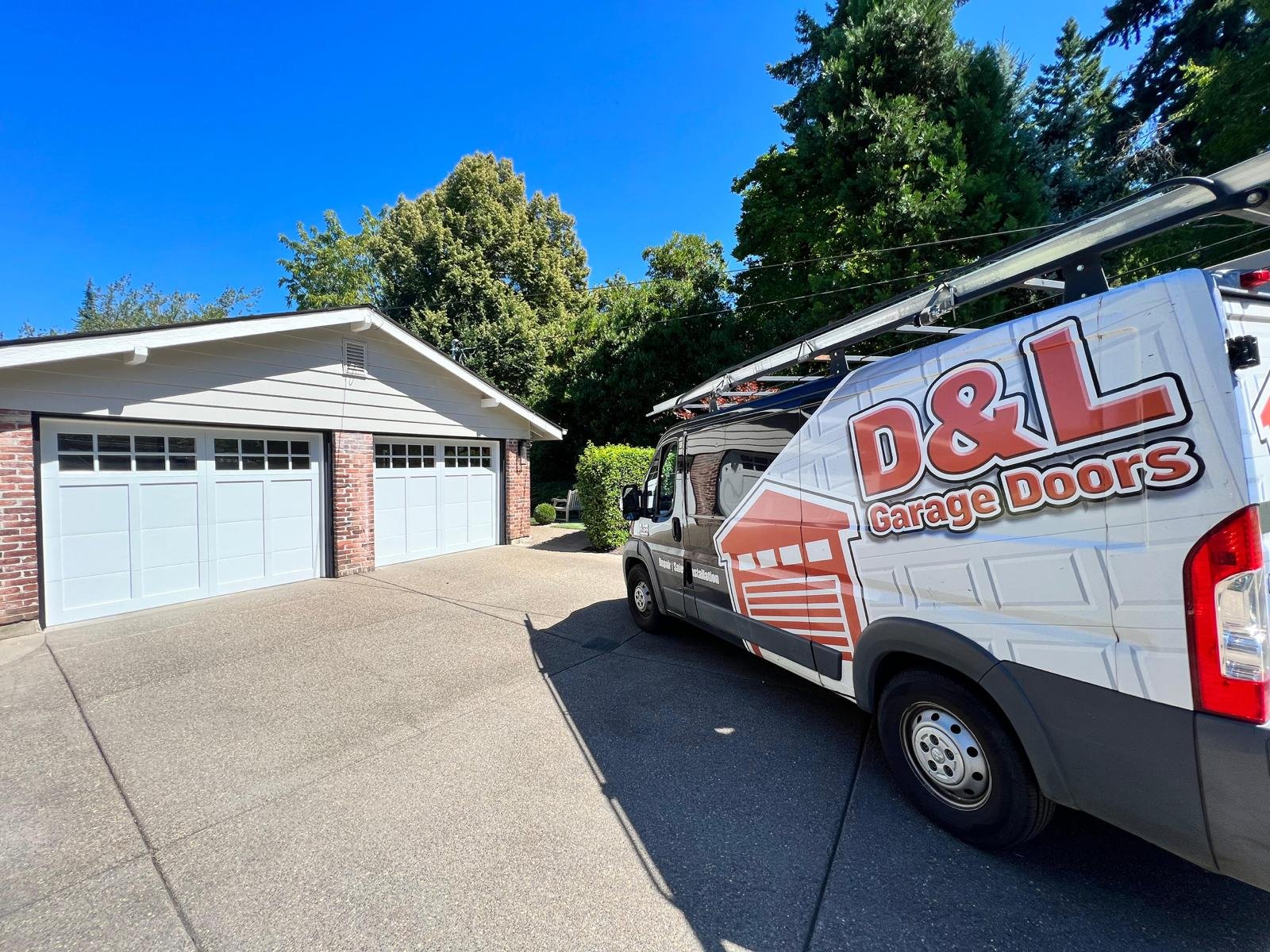Pocket Doors Create Pathways for Accessible Living

Title: Embracing Universal Design: Creating Homes for All Generations
As the trend of aging in place gains momentum and multi-generational households become increasingly common, the importance of incorporating universal design principles into our living spaces cannot be overstated. These principles not only ensure that our homes are accessible for individuals of all ages and abilities, but they also enhance the overall quality of life for everyone who resides there.
When we talk about universal design, we refer to the concept of creating environments that can be used by all people without the need for adaptation or specialized design. This approach is especially crucial as more families choose to live together under one roof, which can encompass young children, working adults, and aging family members all sharing the same space.
One key aspect of universal design is the installation of wider doorways. This seemingly simple adjustment can make a world of difference. For aging adults who may rely on mobility aids like wheelchairs or walkers, wider doorways facilitate easier navigation through the home. This is essential for maintaining independence and reducing the risk of accidents that can occur when maneuvering through cramped spaces.
Parents of young children can also greatly benefit from wider doorways. Strollers, whether loaded with groceries or little ones, can be cumbersome to manage, particularly in traditional homes where spaces are tight. Larger doorways can smooth the transition between rooms and make daily life dramatically easier for caregivers.
But wider doorways are just the beginning. Sliding doors, for instance, provide a contemporary touch while optimizing space. These doors glide open and closed, requiring less physical effort than traditional hinged doors. This functionality is particularly advantageous for elderly family members or those with physical limitations. Sliding doors can also create a seamless flow between indoor and outdoor living spaces, making it easier to enjoy the garden or patio—adding a significant value to your home environment.
Moreover, when families make the decision to invest in their living spaces through universal design, they are not merely thinking about today; they are planning for the future. By designing homes that are comfortable and accessible now, families are preparing for the inevitable changes that aging brings. This foresight often translates into cost savings as well. By adapting spaces to accommodate everyone now, costly renovations or relocations in later years can be avoided.
As we transition into a society that appreciates the benefits of intergenerational living, the need for homes that serve a broader purpose becomes more apparent. The flexibility inherent in such designs can nurture familial bonds and allow for a harmonious living environment. Imagine grandparents being able to play with their grandchildren without worrying about tripping over obstacles or struggling to navigate through tight spaces.
Beyond practical functionality, universal design can also enhance the aesthetic appeal of a home. The clean lines and thoughtful layouts associated with universal design are not only practical; they can also evoke a modern, welcoming vibe. Homeowners can incorporate stylish features such as automatic lighting, lever-style door handles, and even smart home technologies that respond to voice commands. These enhancements can render a home as not only user-friendly but also a luxurious haven.
Incorporating universal design elements into your home isn’t just a trend; it’s a wise investment in a flexible living environment that grows with family needs. It reflects an understanding that homes are not only places to reside but spaces where life unfolds, memories are made, and family thrives.
As we look toward the future, let’s embrace these innovative home design principles that honor and support the diverse needs of our families, providing comfort and accessibility for every fixture of life, regardless of age or ability. Whether you’re building new or retrofitting an existing space, making the commitment to universal design can lead to a richer, more fulfilling home life for you and your loved ones.
In conclusion, universal design is about achieving balance—a home that is not only functional and beautiful but accessible to all. As our communities continue to evolve, the call to design spaces that reflect this inclusivity will only grow louder. Embrace the change, invest in your home, and reap the myriad of benefits that come with designing for all ages and abilities.





